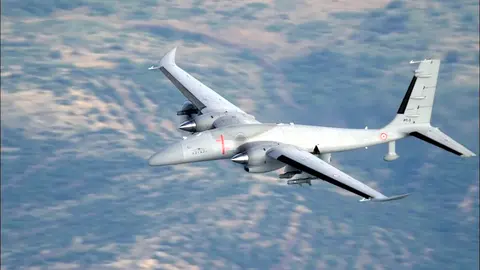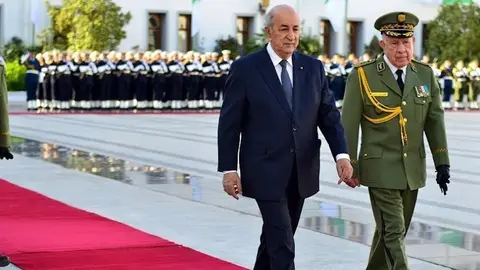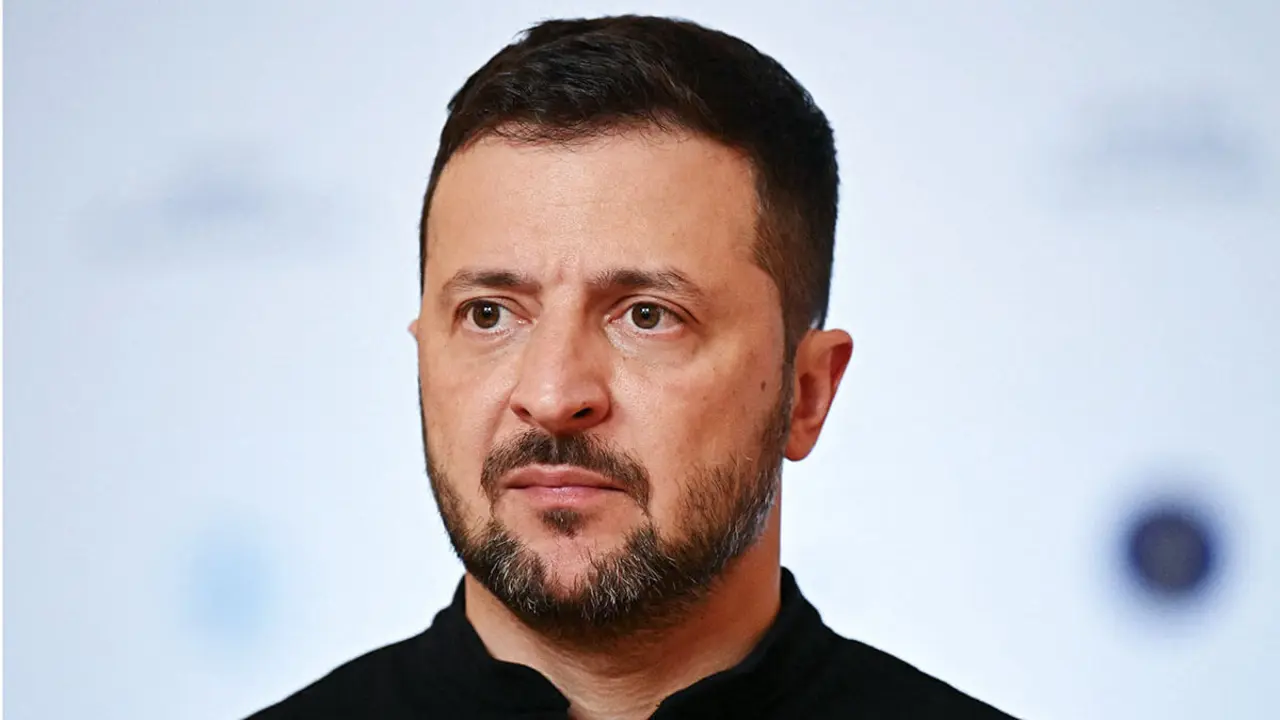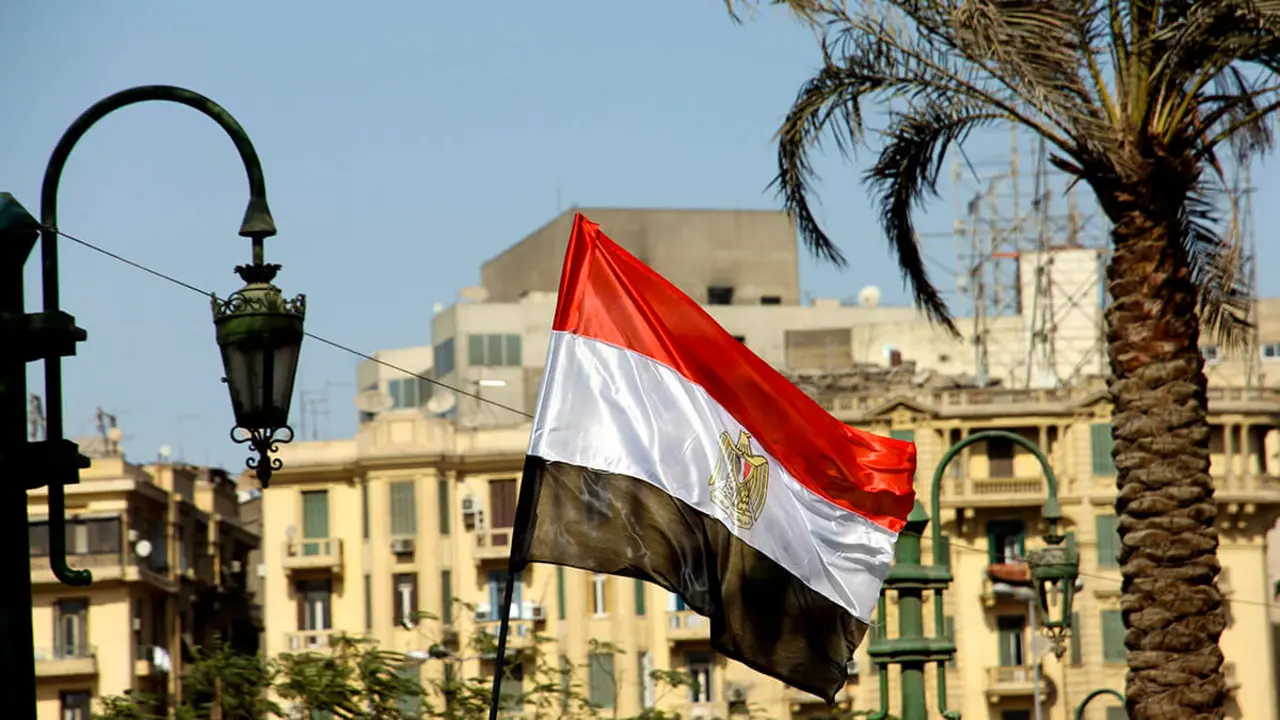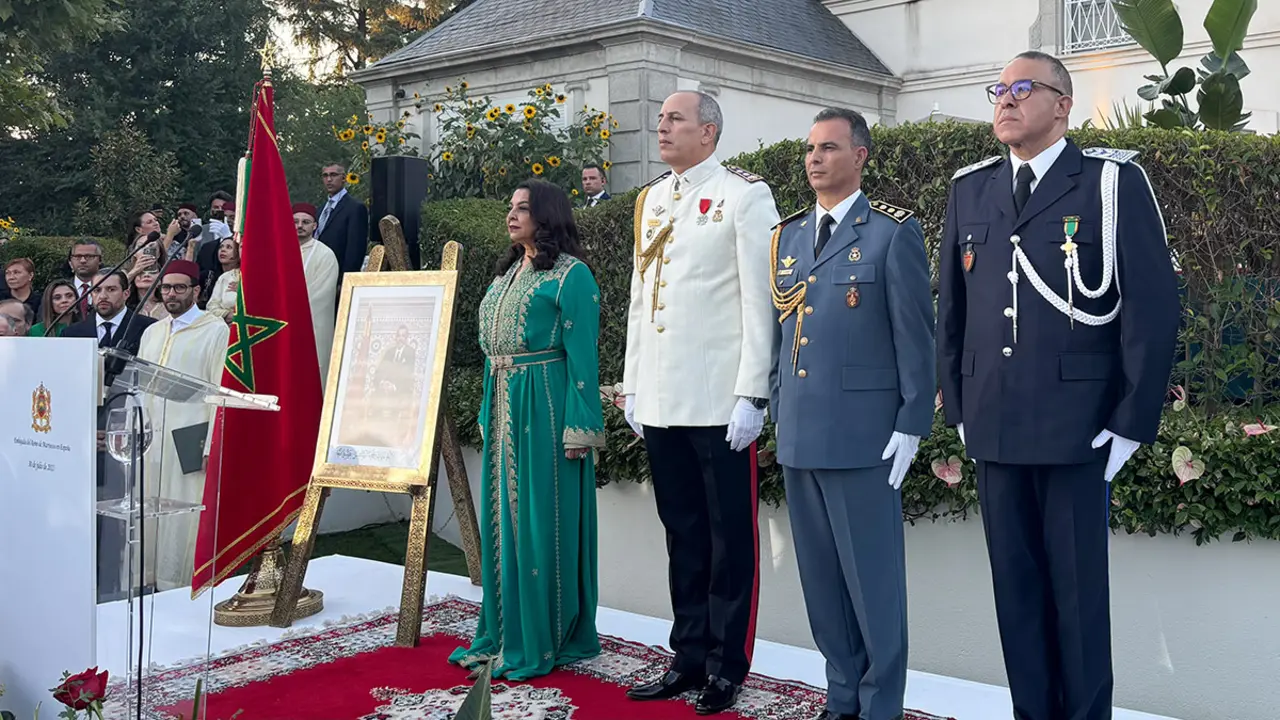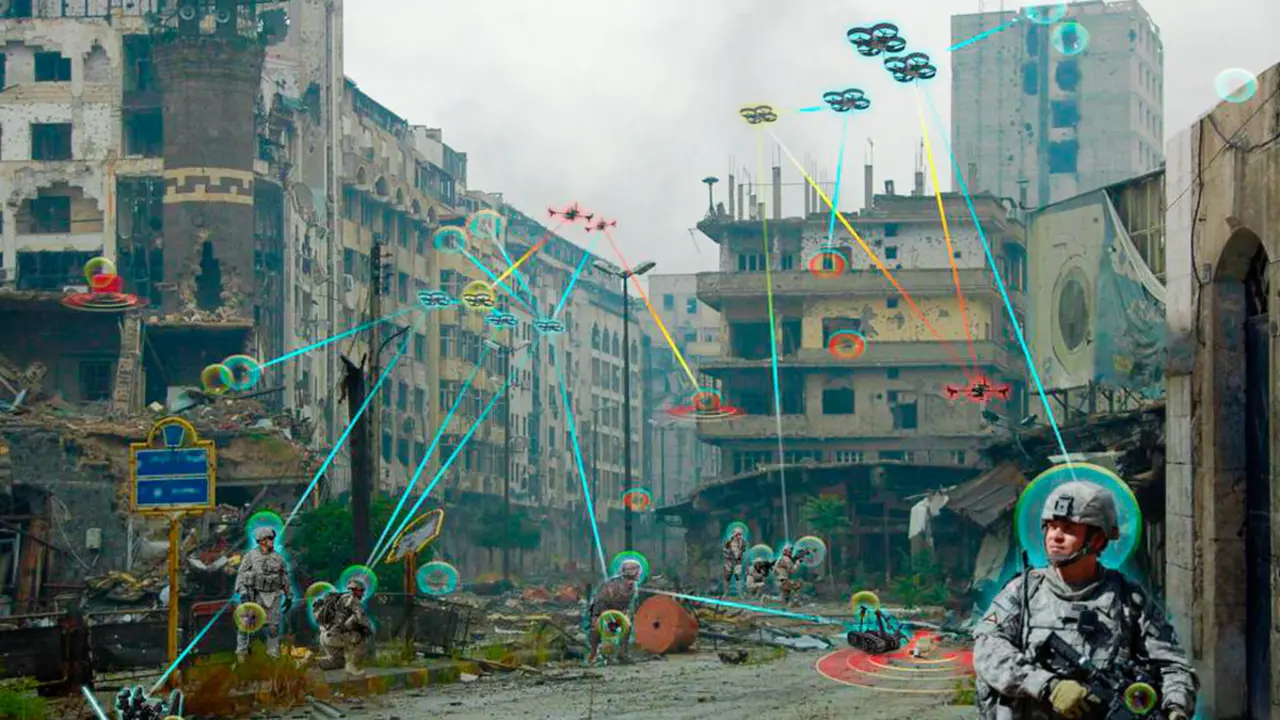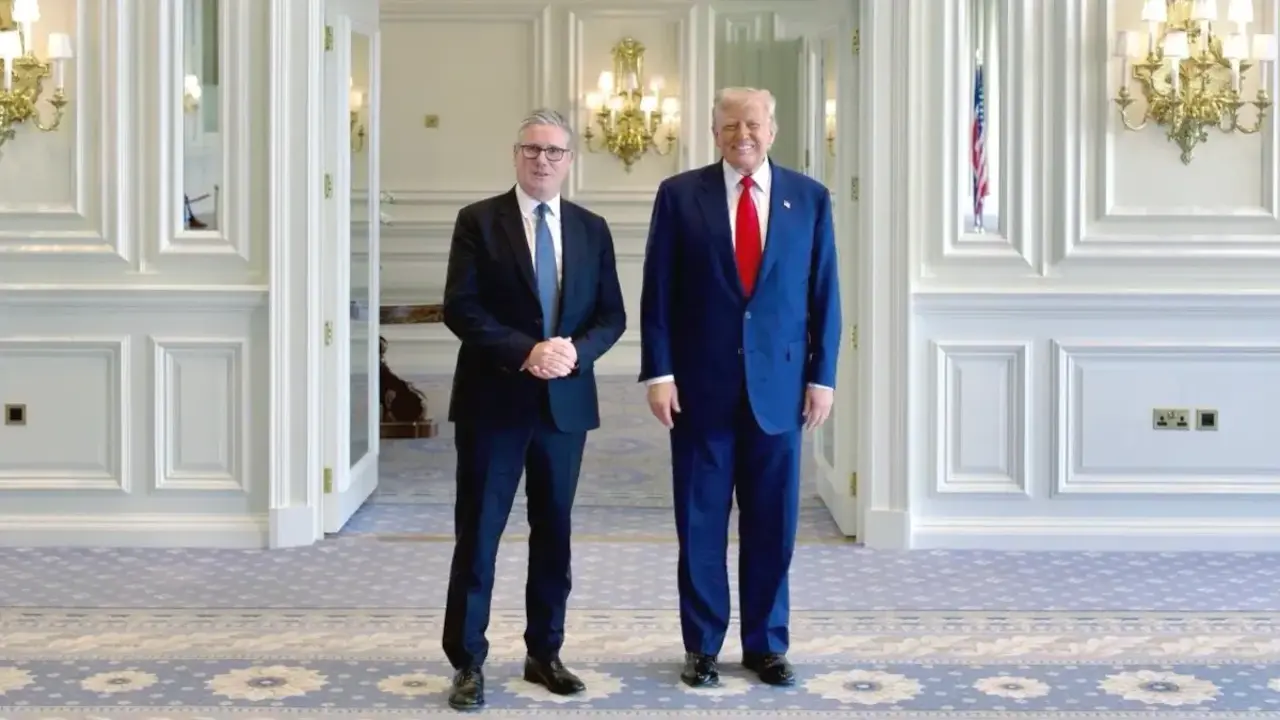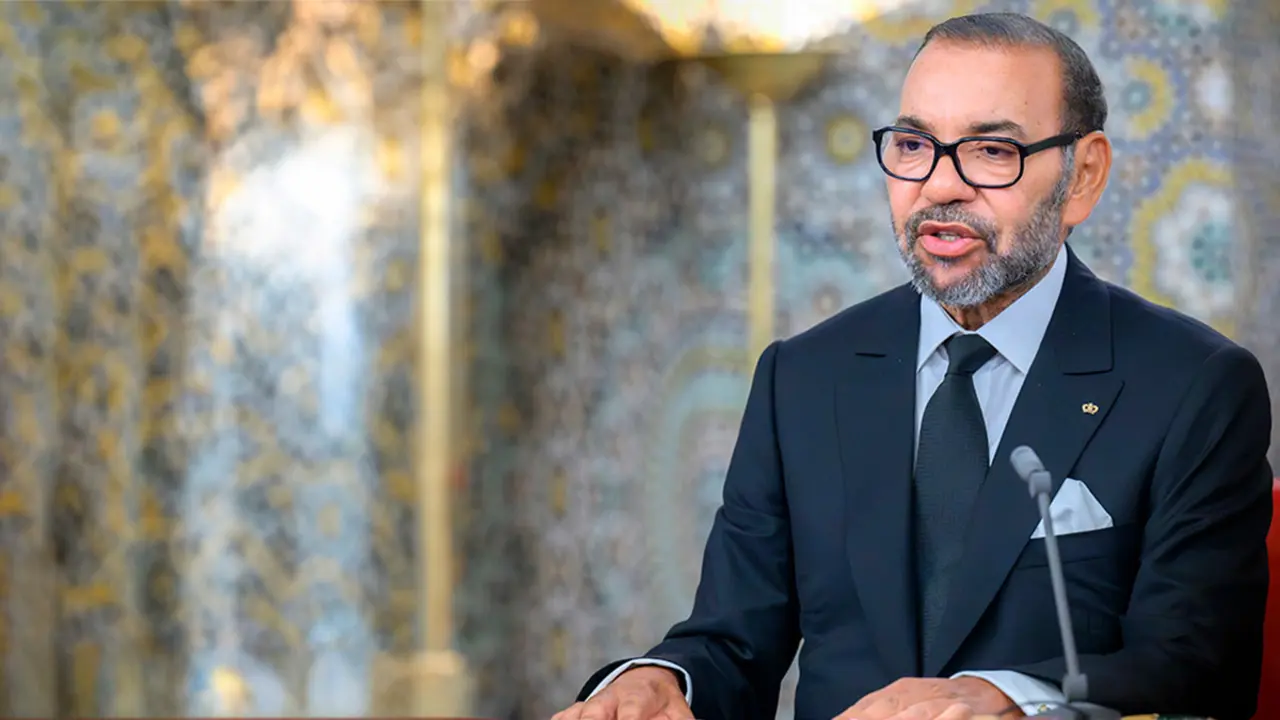Algeria escalates tensions with Morocco by building military airbase on the border
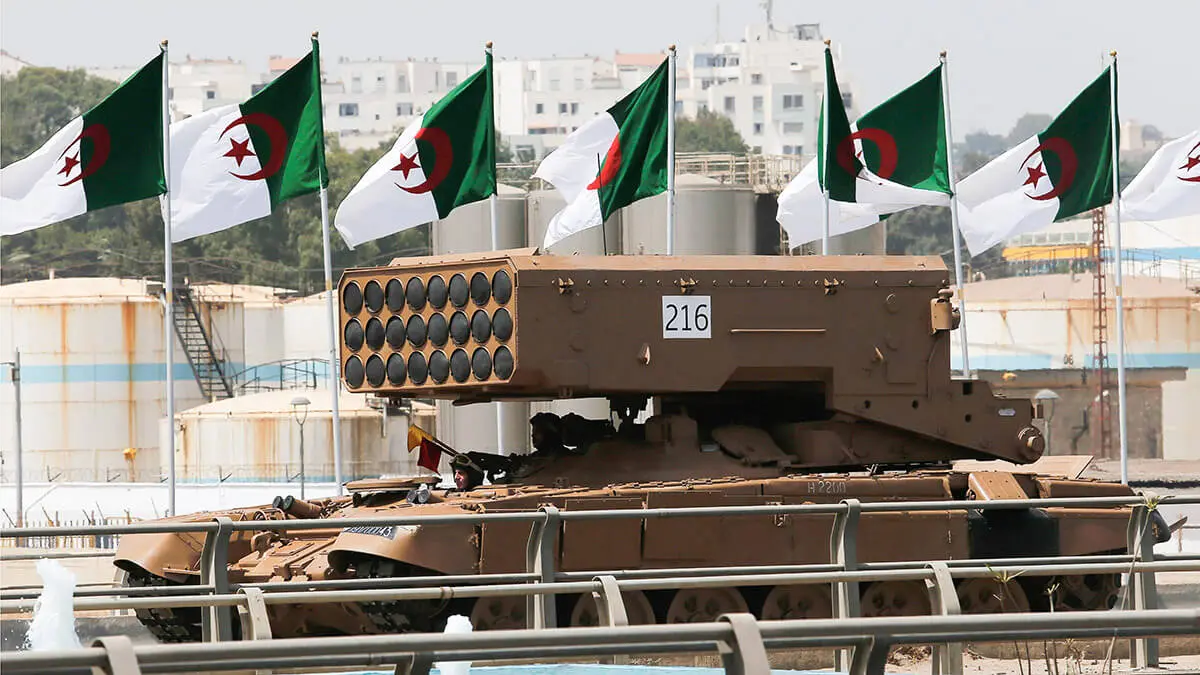
The escalation of the conflict between Algeria and Morocco has entered a new phase with the development of a new Algerian military base near the Tindouf camps. The rapid militarisation of Algeria continues, despite Morocco's ongoing efforts to maintain regional peace and Rabat's recent diplomatic achievements regarding Western Sahara.

The installation is representative of the steady militarisation of Algeria in the area, intensifying an already unstable situation. This fact was confirmed by the Atlantic Observatory of Defence and Armament (AODA).
Observers emphasise that this pattern of military deployments would trigger a broad regional conflict that would not only affect Morocco, but would also spread throughout the Sahel region.
The Oum el Assel base, located 72 kilometres from the Moroccan border, is part of Algeria's Third Military Region, and is just one part of a network of 25 strategically located military installations.
This military encirclement includes air defence systems, artillery positions, armoured divisions and various combat-ready facilities, all located within a few kilometres of each other, with a high probability of attack.
Satellite images provided by AODA show two Russian MiG-29M2 fighter jets, equipped with air-to-air missiles, ready for use at the facility. This centre includes large ammunition warehouses and combat structures specifically created to house more Sukhoi fighters, with runways specially enlarged for aggressive military operations.

The military installation has an early warning radar station to the north of the main base, whose coordinates are 28°53'53‘N, 5°47'22’W and 28°53'34‘N, 5°46'48’W, showing a surveillance presence focused on Moroccan territory.
This includes two military installations with air defence systems just 8 kilometres from the border, logistics warehouses 6 and 10 kilometres away, infantry and artillery bases, an armoured base with bunkers 35 kilometres away and several other combat installations along the border.
The key location and offensive capabilities of these installations reveal Algeria's clear hostile intent, with an organised deployment of armed forces and surveillance systems directed towards Morocco.
One of the main concerns is the transfer of armoured tanks from the Tindouf camps to reinforce this military base, which was developed at the end of 2021 as part of Algeria's military aggression against Morocco.

Algeria's attitude goes far beyond its hostile actions against Morocco. Recently, Algerian forces shot down a Malian drone and closed its airspace, sparking a diplomatic crisis with the Alliance of Sahel States.
The timing of this military escalation seems to have been planned to coincide with legitimate Franco-Moroccan military exercises taking place in September in Errachidia.
However, this escalation is no coincidence. In recent months, Algeria's diplomatic corps has made subtle threats about these defensive exercises. Evidenced by its network of around twenty air and land bases located close to Moroccan territory, this fact highlights Algeria's strategy of regional destabilisation.
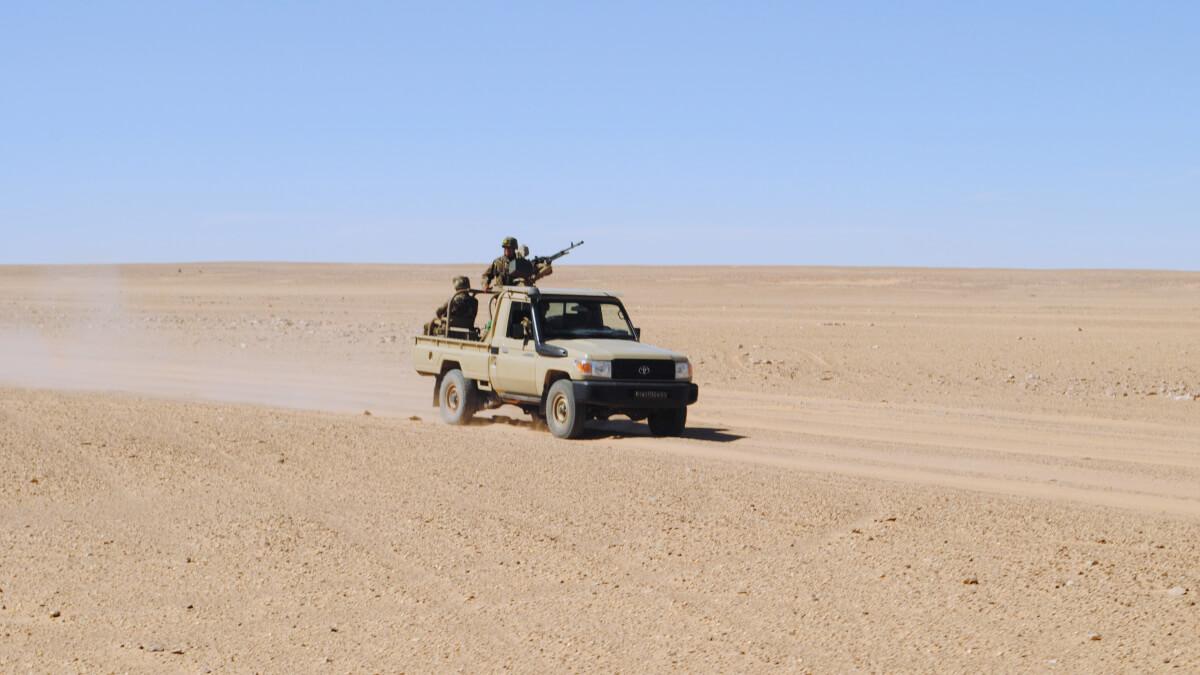
Algeria's military generals, having lost some of their power in the Sahel, seem to be following a risky strategy to hide their failures in the diplomatic and military spheres, according to several analysts.
According to these analysts, Abdelmadjid Tebboune's government is trying to manipulate Algerian public opinion into accepting a military escalation in a possible direct confrontation, given that three quarters of Algeria's land borders are in areas of potential conflict.

